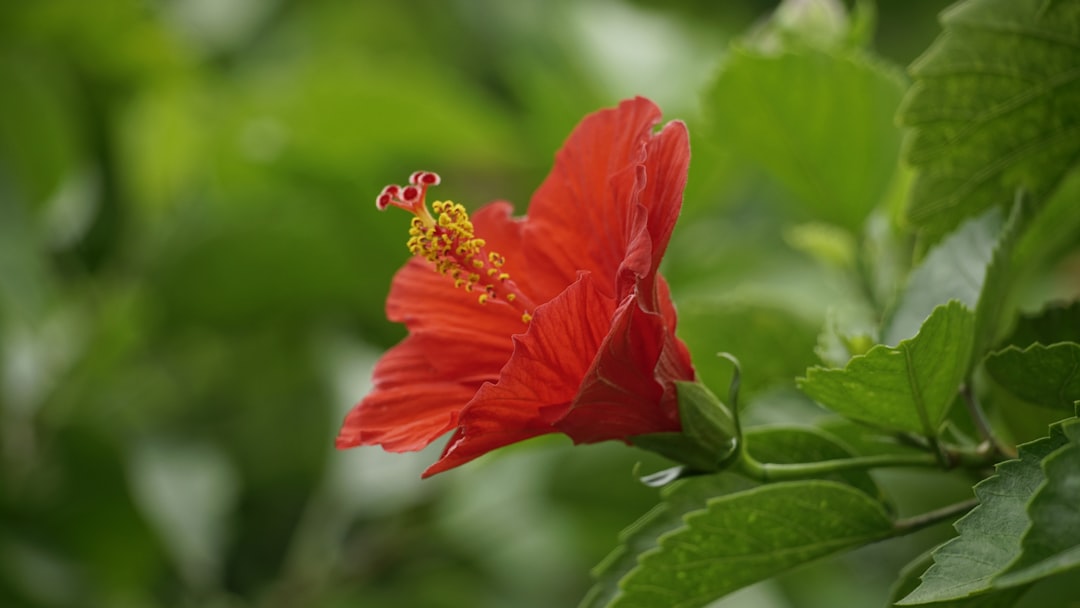Transform Your Yard with an Espalier Masterpiece

An espalier is not just a simple garden feature; it's a living work of art that can transform your yard into a beautiful and unique space. By training small trees into decorative patterns, you can create a living fence that adds both beauty and functionality to your outdoor area. In this article, we'll guide you through the process of creating an espalier in your yard, from choosing the right trees to maintaining your masterpiece.
Choosing the Right Trees
The first step in creating an espalier is selecting the right trees. Not all trees are suitable for espaliering, as they need to have flexible branches and be able to tolerate pruning. Some popular choices for espalier include apple, pear, citrus, and fig trees. These trees have the right characteristics and can be trained into a variety of patterns.
When choosing your trees, consider the climate in your area and the amount of sunlight your yard receives. Make sure the trees you select are hardy enough to thrive in your region. Additionally, choose trees that are young and healthy, as they will be easier to train and shape.
Preparing the Site
Once you've chosen your trees, it's time to prepare the site for your espalier. Select a location in your yard that receives plenty of sunlight and has well-drained soil. The area should also be protected from strong winds, as this can damage the young trees.
Before planting your trees, mark out the area where you want your espalier to be. You can use stakes and string to create a guide for the shape of your espalier. Dig holes for your trees, making sure they are deep and wide enough to accommodate the root systems. Amend the soil with compost or other organic matter to improve its fertility and drainage.
Training the Trees
Training your trees into an espalier pattern is the most crucial step in the process. Start by attaching the main trunk of the tree to a support structure, such as a trellis or wires. Use soft ties or twine to secure the trunk without damaging the bark.
As the tree grows, carefully select the branches you want to keep and remove any unwanted ones. Prune the branches regularly to encourage them to grow in the desired direction. You can use pruning shears or loppers to make clean cuts. As the branches grow, gently bend them and attach them to the support structure using ties or clips.
There are several different espalier patterns you can choose from, such as the horizontal cordon, the fan pattern, and the Belgian fence. Each pattern has its own unique look and requires different pruning and training techniques. Research the pattern you want to create and follow the specific instructions for that style.
Maintaining Your Espalier
Maintaining your espalier is essential to keep it looking its best. Regular pruning is necessary to control the growth of the tree and maintain the shape of the espalier. Prune the tree in the dormant season, usually in late winter or early spring, to remove any dead, damaged, or diseased branches.
Water your espalier regularly, especially during dry periods. Make sure the soil is moist but not waterlogged. Fertilize the tree in the spring and summer with a balanced fertilizer to promote healthy growth.
Keep an eye out for pests and diseases that can affect your espalier. Inspect the tree regularly for signs of infestation or disease, and take appropriate measures to control them. You can use organic pest control methods or consult a professional if necessary.
Conclusion
Creating an espalier in your yard is a rewarding project that can add beauty and charm to your outdoor space. By choosing the right trees, preparing the site, training the trees correctly, and maintaining your espalier, you can create a living fence that will be the envy of your neighbors. So, roll up your sleeves, grab your pruning shears, and start creating your own espalier masterpiece today!